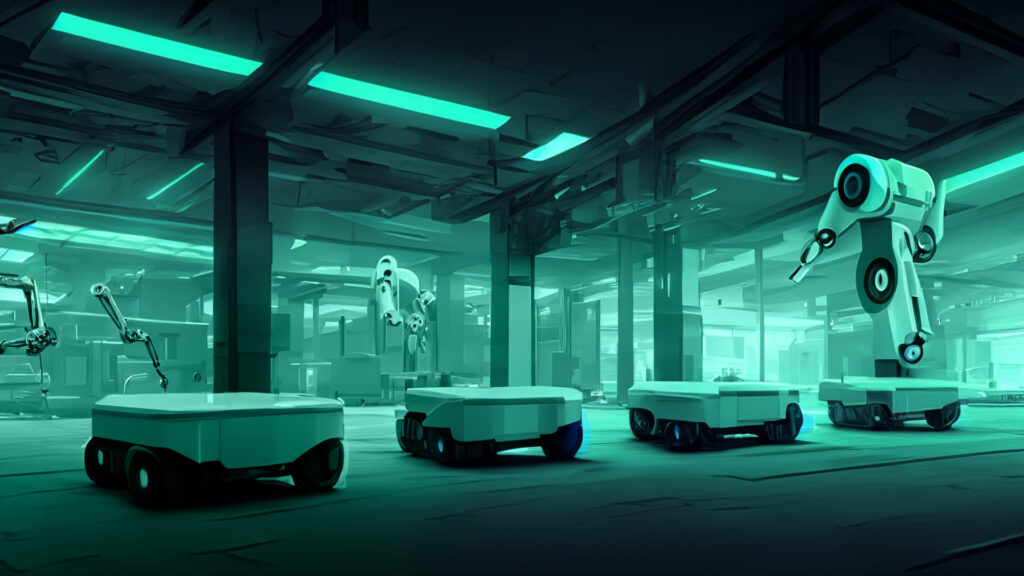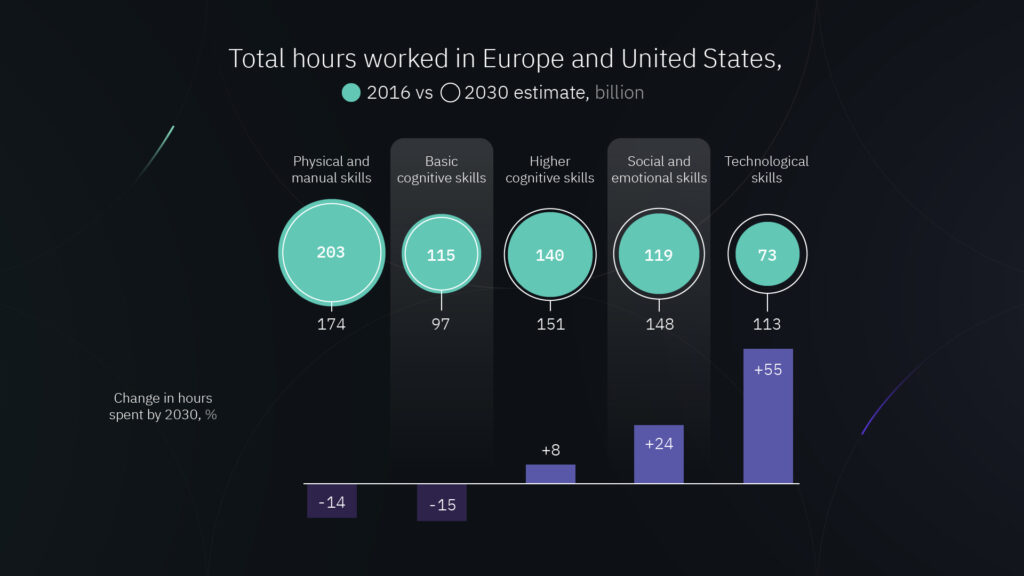Many believe that robots pose a threat to humanity. As they continue infiltrating various aspects of our lives, this raises intriguing questions about our relationship with this technology. In this blog post, we will discuss the origins of the fear of robots, its psychological underpinnings, and how we can overcome the terror of our robotic counterparts.
The fear of automation and robots is not new. Most people had reservations when automation started increasing in the 1950s. They worried that AI and robots would destroy jobs or change society in alarming ways. Little did they know that new industries would emerge due to automated solutions.
The psychology behind the fear
The notion that robots could harbour hostile intentions towards humans exemplifies our relationship’s intricate nature. This apprehension, commonly referred to as Robophobia, prompts us to delve into its psychological underpinnings. By examining prevalent beliefs, we can gain insight into the origins of this anxiety. So here are some of the most common fears:
- Robots could be harmful to our health:
Many individuals have safety concerns regarding autonomous machines, as they perceive them to be dangerous. The greater the robots’ capabilities, the more intricate they become. As a result, people may worry that the robots are prone to malfunction, even with multiple safety features.
- Dependence on automation:
Some show resistance because they believe the world will become overly dependent on robots for different tasks. As a result, humans would lose their proficiency in certain skills and the autonomy to make informed decisions. According to this belief, automation can further create social isolation due to decreased human interaction within the workplace.

- Uncertainty is stressful:
The fast-paced progress in robotics is surpassing our society’s capacity to fully understand the potential outcomes. As a result, people are becoming worried because they cannot predict the effects of incorporating robots into our cultural, economic, and social spheres.
- Impact on jobs:
Many individuals argue that they will lose their jobs due to automation. It is true that technological advancements result in job disruption, and their fear is understandable. However, it is essential to note that robots take over repetitive and mundane tasks, allowing workers to redirect their skills to more complex tasks.

Overcoming the fears
Many people believe that automation will lead to job losses, but in reality, it will simply change the nature of work. A report by McKinsey predicts a decline in demand for physical and manual skills by 2030, but an increase in demand for workers with different levels of technological proficiency. As advanced technologies become more prevalent, workers must develop new skills and adapt to new innovations.
It’s important to understand that humans are the driving force behind the creation of robots. Teams of designers, engineers, innovators, and technicians work together to bring these machines to life, each bringing their own expertise, skills, and perspectives to the project. Ultimately, robots are simply products of human creativity.
Those who fear robots can also find comfort in the fact that companies building these mechanical machines must also follow mandatory safety standards. Such measures are in place to ensure that robots are safe to use in the diverse applications they were built for. For example, the LiDAR sensors in arculee, our Autonomous Mobile Robot (AMR), can detect a person inside the hazardous zone and stop immediately, thereby preventing accidents and injuries.
In a nutshell
As we navigate the fears and uncertainties created by robots, it is only fair to remember that throughout history, technological advancements ultimately led to job transformations and the emergence of new industries.
Robots are only there to execute tasks for which they were designed and programmed. On the other hand, humans’ unique skills and qualities, such as creativity, critical thinking, and adaptability, will always remain invaluable to the evolving workforce. Therefore, it is crucial to evaluate human-robot collaboration benefits rationally. Rather than resisting them, it is in our best interest to perceive them as empowering tools.